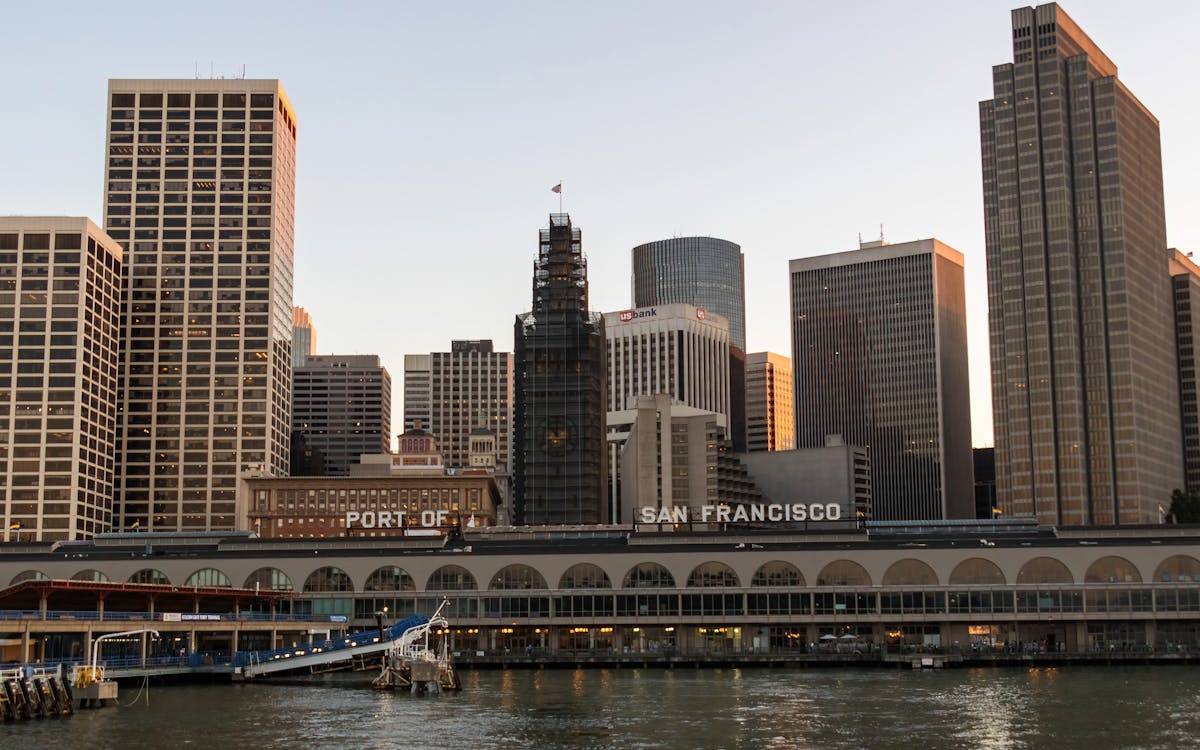
Why Restoration Matters More Than Ever in the Bay Area
Over the last couple of years, the San Francisco Bay has weathered the impact of urban expansion, industrial development, and climate change. Once teeming with wild animals and lavish wetlands, most of the bay's all-natural ecological communities have actually been fragmented or broken down. Yet amidst these challenges, something remarkable is taking place: neighborhood citizens, volunteers, and grassroots initiatives are leading a wave of ecological repair that's bringing new life back to the Bay.
Reconstruction isn't almost planting trees or tidying up trash, though those initiatives are essential. It's about reconstructing the foundations of life, from marsh yards that support fish baby rooms to shoreline buffers that defend against flooding. And in this region, the power of area involvement is turning the trend very reasonably.
From Marshland to Miracle: The Return of Native Habitats
One of one of the most noticeable modifications taking place in the Bay Area is the re-emergence of native habitats. Marshes that were once drained or led over are being rehydrated and replanted. Grasses and bushes aboriginal to the area are being cultivated by neighborhood teams, that frequently rely upon local volunteers to assist expand seed startings and take care of controlled planting events.
These native plants do greater than include plant to the landscape. They offer refuge to migratory birds, pollinators, and little animals, developing pockets of biodiversity in the middle of busy urban zones. As these habitats broaden, so does the environmental health and wellness of the Bay itself. When neighborhood homeowners take time out of their weekend breaks to obtain their hands in the soil, they're not just planting-- they're participating in the remediation of a living, breathing environment.
The Role of Education in Fostering Environmental Stewards
Education plays a critical component in why these community-led initiatives are functioning so well. Schools, community centers, and nonprofit groups are arranging hands-on understanding experiences where individuals of any ages can comprehend the science and importance of restoration. These programs frequently bring people one-on-one with problems like erosion, pollution, and water level increase-- topics that can really feel abstract up until they're seen up close.
When someone sees the fragile balance of an estuary or finds out exactly how a single plant varieties can filter toxic substances from the water, the value of that knowledge comes to be personal. And with that understanding comes the inspiration to act. Restoring ecosystems comes to be less of a job and more of a goal. This deep connection to neighborhood areas is what establishes the Bay Area apart and fuels the lasting success of these efforts.
Using the Digital World to Drive Real-World Change
Remarkably, the press to heal the Bay's ecological communities isn't occurring alone from the electronic world. Modern technology is becoming a powerful device in rallying support, spreading recognition, and connecting areas. Whether via citizen science applications that track indigenous species or community online forums arranging restoration events, the online area is enhancing boots-on-the-ground action.
In recent years, even regional outreach methods have actually advanced. For example, a social media marketing agency in the Bay Area may support environmental projects by assisting volunteers magnify their effect, tell their tales, and influence others to get involved. These electronic touchpoints have the power to transform a small weekend break cleaning into a regional activity just by letting individuals understand it's happening-- which it matters.
Email Campaigns That Inspire and Inform Local Change-Makers
One more digital strategy making a substantial difference is e-mail communication. Updates about reconstruction events, source seasonal planting initiatives, and contribution drives are often shared via thoroughly crafted e-newsletters that strike a balance between being useful and motivating. It's not uncommon for a well-timed project from an email marketing agency in San Francisco to bring a thrill of volunteers or contributions to a project in need.
These e-mail projects aren't simply transactional-- they're transformative. By educating customers concerning the direct impact their involvement has, they support lasting engagement. Readers pertain to seem like stakeholders in the wellness of their region, and that emotional connection equates to lasting dedication.
The Unseen Work of Connecting Data, Communities, and Nature
Behind every effective reconstruction project lies a complex web of coordination. There's research to comprehend what habitats need most, community comments to shape inclusive plans, and follow-up monitoring to make certain success. This kind of ongoing initiative often requires not simply heart, yet information, method, and communication.
That's where the support of a digital marketing company in the Bay Area can make a quiet yet critical distinction. By helping companies develop strong electronic platforms, collect insights, and improve their messaging, these teams enable neighborhood groups to scale their effect. The result is an extra connected and reliable movement, where every activity counts, and every person feels like they're part of something larger.
The Power of People in Preserving the Bay's Future
If there's something the Bay Area has actually shown, it's that restoration does not need to begin with huge establishments or enormous budgets. It can begin with one next-door neighbor pulling weeds from a path, one pupil planting a native seedling, or one family members showing up to a coastline cleanup. These small actions accumulate, specifically when they're supported by wise approaches and shared with the wider neighborhood.
There's something distinctly hopeful about seeing the tides turn-- both figuratively and actually-- for nature. The Bay is much from totally restored, but it's being restored everyday via the perseverance and treatment of those that call this area home. With each marsh rebuilt and each indigenous varieties protected, we're not just restoring communities-- we're envisioning what's feasible when neighborhoods lead with function.
Keep following this blog for more stories on neighborhood adjustment, area influence, and the means you can be part of shielding the all-natural appeal that surrounds us.